Observation on therapeutic efficacy of tuina plus cupping for chronic fatigue syndrome
2020-02-28WuShuang吴双LiuLinlin柳琳琳
Wu Shuang (吴双), Liu Lin-lin (柳琳琳)
1 Guangxi School of Chinese Medicine, Nanning 530000, China
2 Guangxi University of Chinese Medicine, Nanning 530000, China
Abstract
Keywords: Tuina; Massage; Cupping Therapy; Chronic Fatigue Syndrome
Chronic fatigue syndrome (CFS), also called chronic fatigue immune dysfunction syndrome (CFIDS), is a debilitating disease with persistent fatigue as main symptom, it can't ease by rest or sleep.It may be accompanied by nonspecific physical or neuropsychiatric symptoms, such as dizziness,headache, muscle aches, sleep disorder, depression,and memory disorders[1-4].At present, modern medicine lacks of effective means to treat CFS, and it is urgent to find a treatment with a definite effect[5-6].
Clinical studies have shown that CFS tends to occur in young mental workers[7], and the treatment of CFS with tuina and cupping is effective[8-9].In this study, college teachers, a high-pressure occupation group, were observed.The purpose of this study was to observe the effect of tuina plus cupping therapy on CFS in order to improve the fatigue symptoms and their quality of life.The results are reported as follows.
1 Clinical Materials
1.1 Diagnostic criteria
The Western medicine diagnostic criteria of CFS were formulated according to relevant contents in the CFS diagnostic criteria revised by the US Centers for Disease Control and Prevention in 1994[10]: persistent or recurrent chronic fatigue, which cannot be explained by clinical evaluation, may be new or have a definite onset time, not congenital, cannot be alleviated by rest, and not caused by engaging in labor[11].Four or more of the following symptoms occurred simultaneously and lasted for at least six months, but not before fatigue: a significant decline in short-term memory or concentration; sore throat; swollen and tender lymph nodes in the neck or armpit; muscle pain; no joint redness or pain; headache, but its attack type, mode,and severity were different from before; inability to refresh after sleep; fatigue after exercise lasted longer than 24 h.
1.2 Inclusion criteria
In line with the Western medicine diagnostic criteria of CFS; no gender limitation; voluntary to participate in the study.
1.3 Exclusion criteria
Failed to meet the above inclusion criteria; patients with chronic fatigue caused by primary or organic disease; patients with mental illness; patients with malignant tumors; pregnant and lactating women;patients with diabetes or skin ulcers.
1.4 Statistical methods
The data were processed using the SPSS version 19.0 software.Measurement data that conformed to normal distribution were described as mean ± standard deviation (±s).T-test was used for comparison between groups.Chi-square test was used to process enumeration data and total effective rate.P<0.05 indicated statistical significance.
1.5 General data
The cases were all full-time teachers of Guangxi University of Chinese Medicine who were diagnosed with CFS between January and December of 2017.A total of 100 CFS patients meeting the inclusion criteria were randomly divided into a treatment group and a control group according to the random number table in the sequence of visit, with 50 patients in each group.There was no significant difference in the general data before treatment between the two groups, indicating that the two groups were comparable (Table 1).

Table 1.Comparison of general data between the two groups
2 Treatment Methods
2.1 Treatment group
2.1.1 Tuina
Methods: Finger Tui-pushing the meridians in the head (Figure 1), Na-grasping the five meridians(Figure 2), finger An-pressing Ashi points (Figure 3), and Saosan-sweeping Shaoyang Meridians (Figure 4); onethumb Tui-pushing manipulation (Figure 5), Na-grasping manipulation (Figure 6), and Tanbo-plucking manipulation (Figure 7) were used on neck; ‘八’-like Tui-pushing manipulation (Figure 8), Anrou-pressing and kneading manipulation (Figure 9), Gun-rolling manipulation (Figure 10), Na-grasping and Nie-pitching Jianjing (GB 21), (Figure 11) and An-pressing Tianzong(SI 11), (Figure 12) were used on shoulder and back;palm Tui-pushing the Governor Vessel and the lateral lines of the Bladder Meridian (Figure 13), finger Anpressing Back-Shu points, Gun-rolling bilateral spinal muscles with forearm (Figure 14), and Ca-scrubbing the lumbosacral area (Figure 15) were used.The treatment lasted 30 min.
2.1.2 Cupping
The participant was in a supine position.The Governor Vessel and the 1st and 2nd lateral lines of the Bladder Meridian area were treated with cupping.Slid the cups first (Figure 16 and Figure 17) and then retained cups for 10 min (Figure 18).Then Anroupressed and kneaded the local skin gently after cleaning.
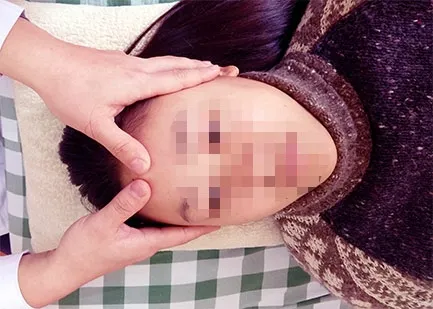
Figure 1.Finger Tui-pushing the meridians in the head
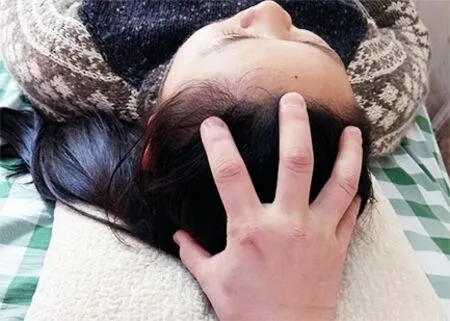
Figure 2.Na-grasping the five meridians

Figure 3.Finger An-pressing Ashi points
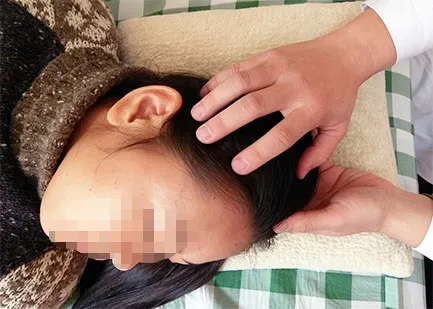
Figure 4.Saosan-sweeping Shaoyang Meridians

Figure 5.One-thumb Tui-pushing manipulation

Figure 6.Na-grasping manipulation
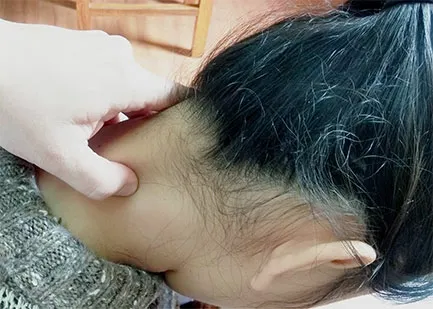
Figure 7.Tanbo-plucking manipulation

Figure 8.‘八’-like Tui-pushing manipulation

Figure 9.Anrou-pressing and kneading manipulation

Figure 10.Gun-rolling manipulation
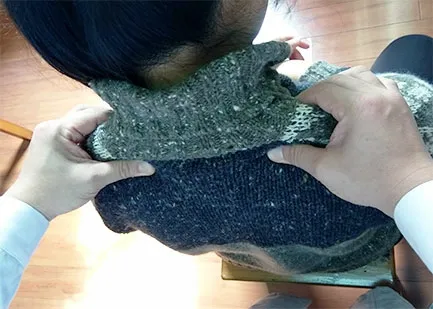
Figure 11.Na-grasping and Nie-pitching Jianjing (GB 21)
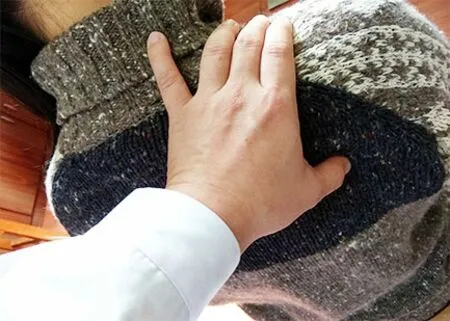
Figure 12.Finger An-pressing Tianzong (SI 11)

Figure 13.Palm Tui-pushing the Governor Vessel and the Bladder Meridians
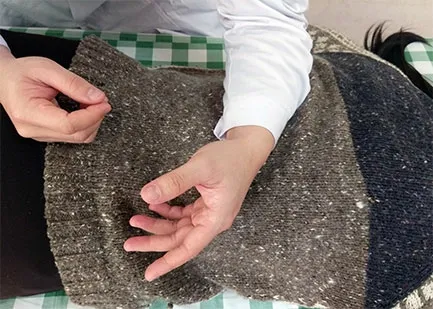
Figure 14.Gun-rolling with forearm

Figure 15.Ca-scrubbing the lumbosacral area
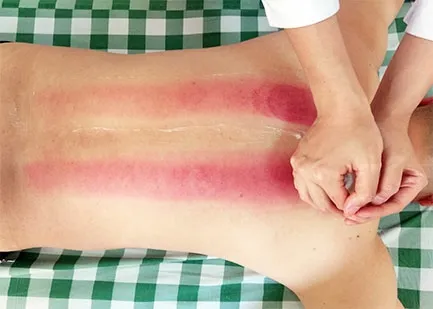
Figure 16.Sliding cupping along the Bladder Meridian
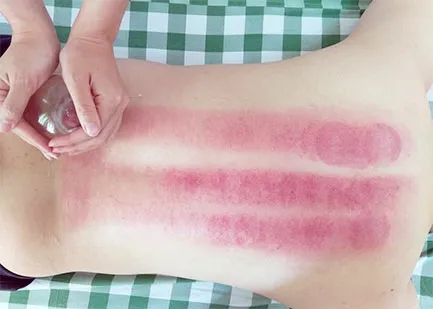
Figure 17.Sliding cupping along the Governor Vessel

Figure 18.Retaining cups
Tuina and cupping were performed 3 times a week,12 times as a course of treatment, for 3 courses of treatment in total.
2.2 Control group
Patients in the control group were given oral administration of wild American ginseng lozenges(Topsino Industries Ltd., China) 0.7 g/tablet, 6-8 tablets a day, 30 d as a course of treatment, for 3 courses of treatment in total.
3 Therapeutic Efficacy Observation
3.1 Observation items
The fatigue questionnaire scale (FS-14) was used to evaluate the fatigue level of patients.FS-14 consists of 14 items, including 6 items reflecting mental fatigue and 8 items reflecting physical fatigue.‘Yes’ meant positive for this symptom and scored 1 point, and ‘No’ meant negative for this symptom and scored 0 point.Three of them were scored in reverse.The higher the score, the severer the fatigue.
3.2 Criteria for clinical efficacy
The efficacy index was calculated according to the FS-14 score, and the efficacy was evaluated with reference to the efficacy index.
Efficacy index = (Total score of CF-14 before treatment - Total score of CF-14 after treatment) ÷ Total score of CF-14 before treatment × 100%.
Recovery: Clinical symptoms and signs disappeared or basically disappeared, and the efficacy index ≥95%.
Marked effect: Clinical symptoms and signs were significantly improved, and the efficacy index ≥60%, but<95%.
Effective: Clinical symptoms were improved, and the efficacy index ≥30%, but <60%.
Invalid: No significant improvement or even aggravation of the clinical symptoms, and the efficacy index <30%.
3.3 Clinical results
3.3.1 Comparison of clinical efficacy
The total effective rate was 92.0% in the treatment group versus 76.0% in the control group, and the difference between the two groups was statistically significant (P<0.05), suggesting that the therapeutic efficacy of the treatment group was better than that of the control group (Table 2).

Table 2.Comparison of clinical efficacy between the two groups (case)
3.3.2 Comparison of the FS-14 score
There was no significant difference in the FS-14 score between the two groups before treatment (P>0.05),indicating that the two groups were comparable.After treatment, the FS-14 scores in both groups decreased(bothP<0.05).The change of FS-14 score after treatment in the treatment group was more significant than that in the control group (P<0.05), (Table 3).
Table 3.Comparison of the FS-14 score before and after treatment (±s, point)

Table 3.Comparison of the FS-14 score before and after treatment (±s, point)
Note: Intra-group comparison, 1) P<0.05; inter-group comparison, 2) P<0.05
?
4 Discussion
CFS can be classified into the category of consumptive disease in traditional Chinese medicine.Traditional Chinese medicine believes that this disease is mostly caused by congenital deficiency, acquired deficiency, internal injury due to seven emotions,improper diet, excessive fatigue and worry, deficiency caused by prolonged fatigue or long-term damage, and its core is the imbalance of qi and blood, yin and yang in the five Zang organs, with the disease mainly located in the kidney, liver, and spleen[12-13].Due to the accelerating pace of modern life, college teachers are facing with the dual pressure of teaching and scientific research.They often stay up late to finish their work and suffer from poor sleep quality for a long time.They are prone to negative emotions, physical and mental fatigue, and the imbalance of qi, which further affect the physiological functions of the viscera.Therefore, in the view of traditional Chinese medicine, the key to curing this disease in to adjust yin and yang of viscera,dredge the meridians, and tonify qi and blood.
In this study, finger Tui-pushing the meridians in the head, Na-grasping the five meridians, An-pressing Ashi points with a finger and Saosan-sweeping Shaoyang Meridians were used on the head.These manipulations can alleviate fatigue, refresh mind and open orifices,and improve the sleep quality.One-thumb Tui-pushing manipulation, Na-grasping manipulation and Tanboplucking manipulation were used on the neck to relax muscles in the neck and back, relieve discomforts such as soreness, numbness, distention, and/or pain.The back area has the most abundant capillaries in human body.All of qi and blood from Zang-fu organs and meridians are infused into the Back-Shu points on the Bladder Meridian.Manipulations of palm Tui-pushing,finger An-pressing, Gun-rolling with the forearm and Ca-scrubbing manipulations can smooth qi and blood in meridians, and adjust the function of Zang-fu organs.Therefore, tuina therapy can relieve fatigue in general[14], regulate qi-movement, relieve sleep disorders, balance yin and yang, harmonize qi and blood, and enable the spleen and stomach to work normally.In addition, the method of sliding and retaining cupping was adopted, mainly focusing on the Bladder Meridian on the back[15-16].By means of adsorption, compression and other benign stimulation,the stagnation in meridians can be dredged, and the meridian qi can be stimulated[17-19], thereby improving blood circulation, relieving muscle spasm, helping to restore qi and blood, and relieving pain.
The results of this study showed that the total effective rate of the treatment group was higher than that of the control group (P<0.05), and the improvement of the FS-14 score of the treatment group was more significant than that of the control group.It could be seen that tuina plus cupping therapy for CFS had a definite effect in relieving fatigue and improving the quality of life, and was better than oral wild American ginseng lozenges.Besides, as traditional Chinese medicine therapies, tuina and cupping are both simple and easy to apply as well as has reliable therapeutic efficacy without adverse reactions.They also cause no pollution, so is worth promoting as it’s in line with today's medical ideas of ‘returning to nature’.
杂志排行
Journal of Acupuncture and Tuina Science的其它文章
- Effect of electroacupuncture on the learning and memory abilities in type 2 diabetic model rats with cognitive impairment
- Effects of electroacupuncture of different frequencies on electromyography, NOS and ICC of colon in rats with slow transit constipation
- Effects of electroacupuncture on conjunctival cell apoptosis and the expressions of apoptosis-related proteins Caspase-3, Fas and Bcl-2 in rabbits with dry eye syndrome
- Acupuncture for premature ovarian insufficiency:a systematic review and meta-analysis
- Therapeutic efficacy and mechanism of heat-sensitive moxibustion for adjuvant treatment of depression in Parkinson disease
- Clinical study on Jin’s three-needle therapy for post-stroke cognitive impairment
